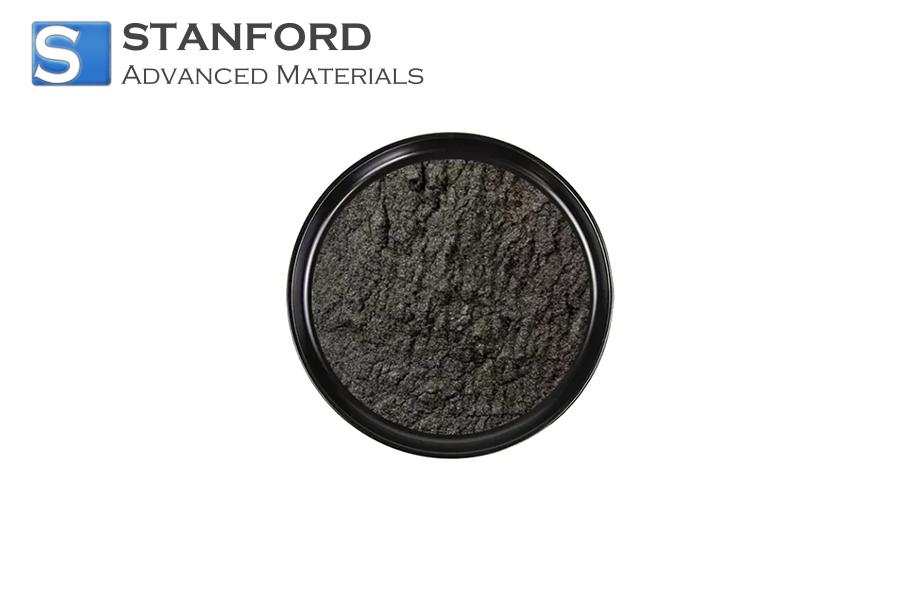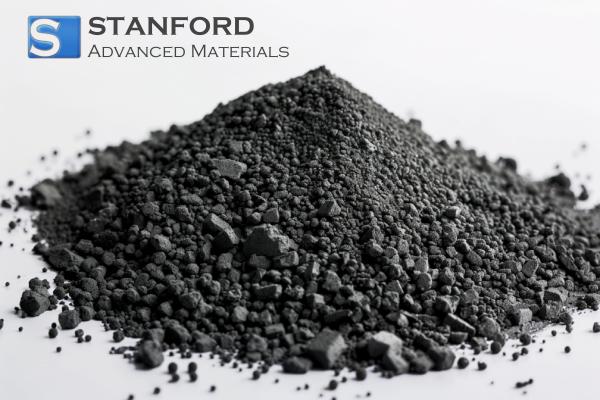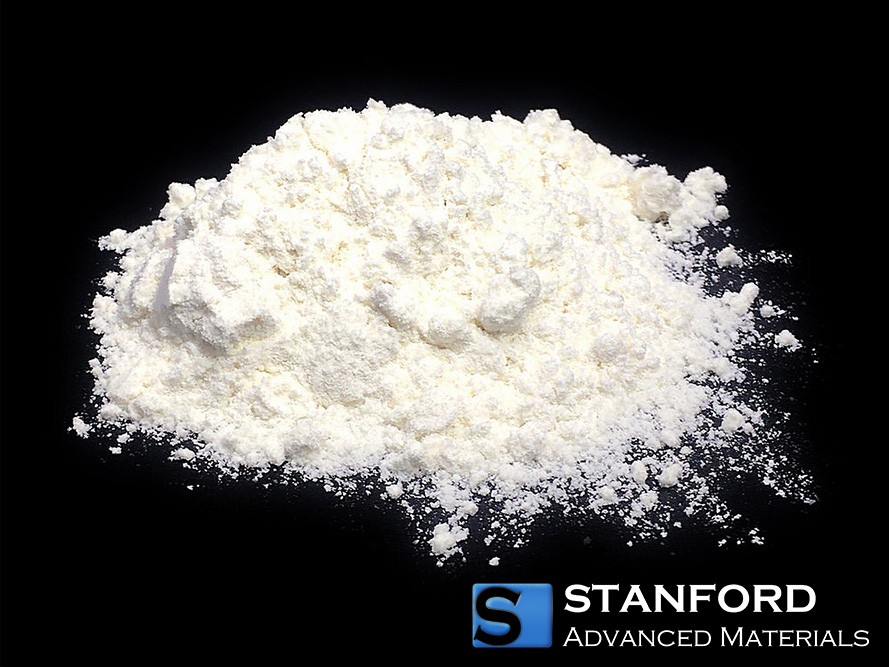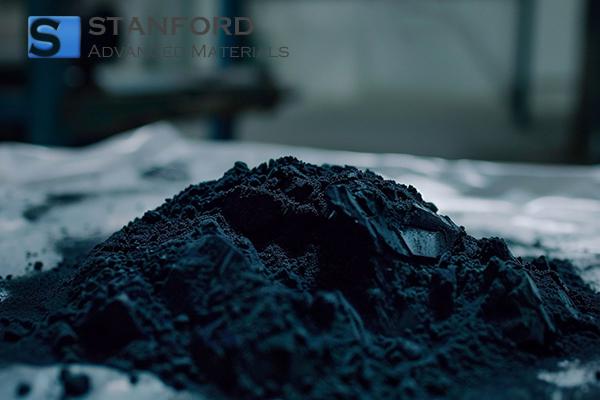ASTM B338 Standard Specification For Seamless And Welded Titanium And Titanium Alloy Tubes For Condensers And Heat Exchangers
ASTM Standard Specification for Non‐welded and Welded Tubes of Titanium and Titanium Alloys for Condensers and Heat Exchangers: Chemical Compositions
|
Products |
Compositions |
|
UNS R50250 |
Unalloyed Titanium |
|
UNS R50400 |
Unalloyed Titanium |
|
UNS R50550 |
Unalloyed Titanium |
|
UNS R52400 |
0.12 to 0.25% Palladium |
|
UNS R56320 |
3% Aluminium, 2.5% Vanadium |
|
UNS R52250 |
0.12 to 0.25% Palladium |
|
UNS R53400 |
0.3% Molybdenum, 0.8% Nickel |
|
UNS R53413 |
0.5% Nickel, 0.05% Ruthenium |
|
UNS R53414 |
0.5% Nickel, 0.05% Ruthenium |
|
UNS R53415 |
0.5% Nickel, 0.05% Ruthenium |
|
UNS R52402 |
0.04 to 0.08% Palladium |
|
UNS R52252 |
0.04 to 0.08% Palladium |
|
UNS R56322 |
3% Aluminium, 2.5% Vanadium and 0.04 to 0.08% Palladium |
|
UNS R52404 |
0.08 to 0.14% Ruthenium |
|
UNS R52254 |
0.08 to 0.14% Ruthenium |
|
UNS R56323 |
3% Aluminium, 2.5% Vanadium and 0.08 to 0.14% Ruthenium |
|
UNS R53530 |
0.3% Cobalt, 0.05% Palladium |
|
UNS R53532 |
0.3% Cobalt, 0.05% Palladium |
|
UNS R53442 |
0.4% Nickel, 0.015% Palladium, 0.025% Ruthenium and 0.15% Chromium |
|
UNS R53445 |
0.4% Nickel, 0.015% Palladium, 0.025% Ruthenium and 0.15% Chromium |
|
UNS R56340 |
4.5% Aluminium, 2% Molybdenum, 1.6% Vanadium, 0.5% Iron and 0.3% Silicon |
|
UNS R58450 |
45% Niobium |
|
UNS R52815 |
1.5% Aluminium |
|
UNS R54250 |
4% Aluminium, 2.5% Vanadium and 1.5% Iron |
|
UNS R53390 |
0.25% Iron, 0.4% Silicon |
|
UNS R58450 |
45% Niobium |
|
UNS R52815 |
1.5% Aluminium |
|
UNS R54250 |
4% Aluminium, 2.5% Vanadium and 1.5% Iron |
|
UNS R56461 |
6% Aluminium, 1% Iron |
ASTM Standard Specification for Non‐welded and Welded Tubes of Titanium and Titanium Alloys for Condensers and Heat Exchangers: Dimensional Tolerances
|
Outside Diameter |
Diameter Tolerance |
Permissible Deviations in Wall Thickness |
|
Less than 1 inch / 25.4mm, without |
±0.004 inch / ±0.102 mm |
±10t% |
|
1 to 1+1/2 inch / 25.4 to 38.1mm, without |
±0.005 inch / ±0.127 mm |
±10t% |
|
1+1/2 to 2 inch / 38.1 to 50.8mm, without |
±0.006 inch / ±0.152 mm |
±10t% |
|
2 to 2+1/2 inch / 50.8 to 63.5mm, without |
±0.007 inch / ±0.178 mm |
±10t% |
|
2+1/2 to 3+1/2 inch / 63.5 to 88.9mm, without |
±0.010 inch / ±0.254 mm |
±10t% |
|
Length |
Maximum Bend Depth of the Arc |
|
Over 3 to 6 ft / 0.91 to 1.83 m, inclusive |
1/8 inch, or 3.2 mm |
|
Over 6 to 8 ft / 1.83 to 2.44 m, inclusive |
3/16 inch or 4.8 mm |
|
Over 8 to 10 ft / 2.44 to 3.05 m, inclusive |
1/4 inch, or 6.4 mm |
|
Over 10 ft / 3.05 m, inclusive |
1/4 inch per 10 ft or 2.1 mm per m |
ASTM Standard Specification for Non‐welded and Welded Tubes of Titanium and Titanium Alloys for Condensers and Heat Exchangers: FAQs
1.What is ASTM B338?
ASTM B338 is a standard specification of the American Society for Testing and Materials (ASTM) that defines the requirements for tubes of titanium and titanium alloys intended for use in condensers and heat exchangers.
2.Which Materials are Covered by ASTM B338?
The specification covers a range of titanium grades, including unalloyed titanium (UNS R50250, R50400, R50550), grades containing palladium (e.g. UNS R52400, R52250), alloys with aluminium and vanadium (e.g. UNS R56320) and other specific alloy compositions for various industrial applications.
3.What are the Requirements for the Chemical Composition of Tubes According to ASTM B338?
The standard specifies the chemical composition for each titanium grade, ranging from unalloyed titanium to alloys that include elements such as palladium, aluminium, vanadium, molybdenum, nickel and others, to enhance specific properties.
4.What Dimensional Tolerances Apply to Titanium Tubes According to ASTM B338?
ASTM B338 defines specific tolerances for the outside diameter and wall thickness of titanium tubes, which vary according to tube size, thereby ensuring that the tubes meet the precise dimensional requirements for their intended use.
5.How Does ASTM B338 Categorise Titanium Tubes for Condensers and Heat Exchangers?
The specification categorises the tubes based on their diameter, wall thickness and length, and stipulates tolerances and permissible deviations to ensure that they conform to the requirements of condensers and heat exchangers.
6.What Quality Assurance Measures are Required for Titanium Tubes under ASTM B338?
Manufacturers and suppliers must adhere to stringent quality control procedures, including chemical analyses, mechanical tests and dimensional inspections, to ensure that the tubes conform to the requirements of ASTM B338.

 Bars
Bars
 Beads & Spheres
Beads & Spheres
 Bolts & Nuts
Bolts & Nuts
 Crucibles
Crucibles
 Discs
Discs
 Fibers & Fabrics
Fibers & Fabrics
 Films
Films
 Flake
Flake
 Foams
Foams
 Foil
Foil
 Granules
Granules
 Honeycombs
Honeycombs
 Ink
Ink
 Laminate
Laminate
 Lumps
Lumps
 Meshes
Meshes
 Metallised Film
Metallised Film
 Plate
Plate
 Powders
Powders
 Rod
Rod
 Sheets
Sheets
 Single Crystals
Single Crystals
 Sputtering Target
Sputtering Target
 Tubes
Tubes
 Washer
Washer
 Wires
Wires
 Converters & Calculators
Converters & Calculators





 Chin Trento
Chin Trento



